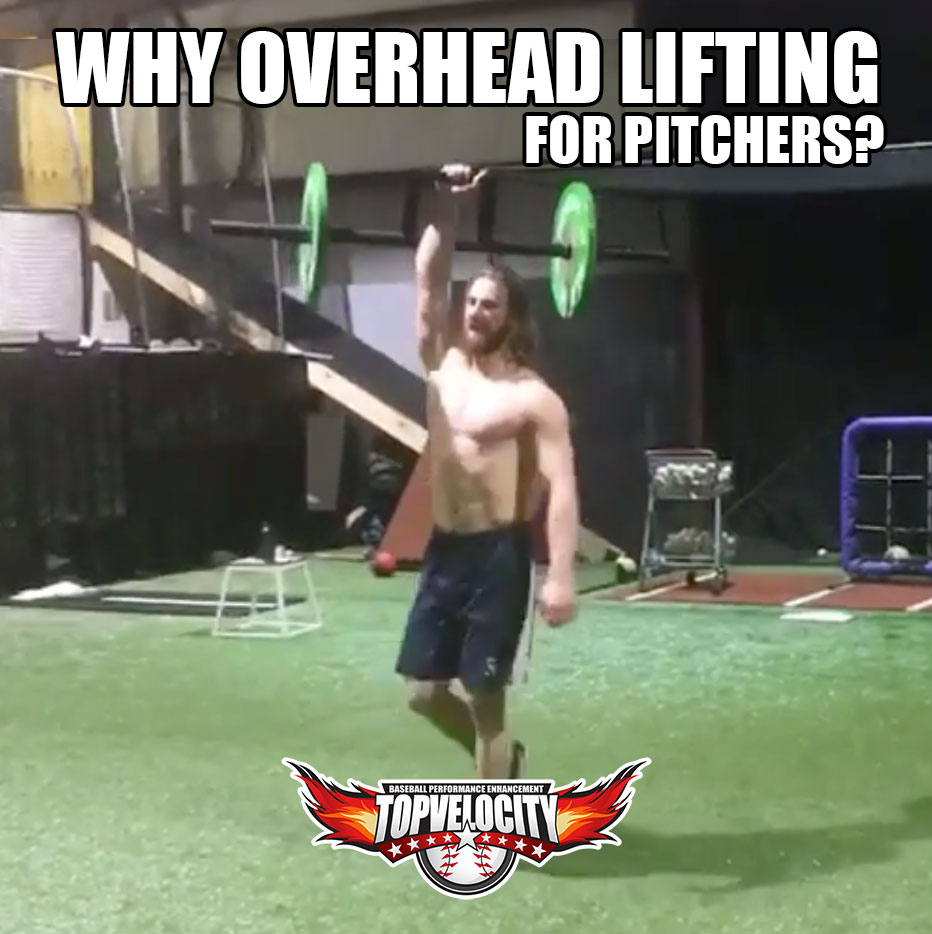
In the study by Blache et al., 2015 they found that overhead lifting with a heavy box was most effective for strengthening the rotator cuff, deltoid and upper trapezius muscles. For throwing athletes like pitchers shoulder and elbow injuries are the most common musculoskeletal disorders in baseball (Krajnik, Fogarty, Yard, & Comstock, 2010). Evidence suggests that pitchers have
The Effects of Overhead Lifting
In the study by Blache et al., 2015 the method used was fifteen healthy male participants around the age of 26 years old, 1.8 m tall and 74 kg in body weight. The independent variables in the study were lifting height and weight of the boxes. The dependent variables were muscle mechanical work, forces, changes of length, and activations. Each participant completed 18 lifts of 3 repetitions each at 2 lifting heights and 3 different amounts of weight lifted. Biomechanical markers where placed on the upper body including electromyograms (EMG) sensors on the nine muscles that were recorded. The muscles included were the biceps brachialis, triceps brachialis, anterior deltoid, middle deltoid, posterior deltoid, latissimus dorsi superior head, upper trapezius, middle trapezius, and lower trapezius. For each trial, the participant lifted the boxes of the different weight at 6kg, 12kg, and 18kg to a shoulder level height and an eye level height.
The results of the study showed that overhead lifting leads to an increase in the load on the upper trapezius, supraspinatus, and infraspinatus as opposed to lifting at the lower level. It also showed that a heavier weight caused a greater increase in anterior deltoid and subscapularis mechanical work than lifting a lighter weight. Therefore, if pitchers have weak throwing shoulders and less upward rotation than position players then lifting overhead helps strengthen the specific muscles that would not only help the scapular to function better overhead but to stabilize the arm in this critical throwing position.
The only muscles not strengthened in this study are the serratus anterior and middle and lower trapezius because they are more active in pulling movement not as much lift. As for the levator scapulae and the rhomboids they didn’t measure this activity due to the fact that the device used to measure the EMG signal was placed on the skin and the trapezius covers these muscles. You would believe that if the upper trapezius is activating then the levator scapular and rhomboid minor may also be activating and if the middle trap is activating then the rhomboid major may also be doing the same.
How to Start Overhead Lifting
In my methods of developing healthy high-velocity pitchers, I like to have them not only perform loaded lifts in all planes of movement for the humorous and the scapula but also to hold and stabilize heavy weight overhead to develop high levels of scapulothoracic stability in an overhead position. I have found that this has helped to keep my pitchers healthy because many pitchers do not perform these lifts. I also incorporate a lot of serratus anterior strengthening with a device called the Rotex trainer because it is one of the only devices that loads in
You will find a good amount of overhead lifting in all the TopVelocity Programs. This overhead lifting includes push press, military press, power jerks, split jerks, overhead squats, overhead holds, and more.
Overhead Lifting Reference
Blache, Y., Desmoulins, L., Allard, P., Plamondon, A., & Begon, M. (2015). Effects of height and load weight on shoulder muscle work during overhead lifting task. Ergonomics, 58(5), 748-61.
Krajnik, S., Fogarty, K. J., Yard, E. E., & Comstock, R. D. (2010). Shoulder injuries in US high school baseball and softball athletes, 2005-2008. Pediatrics, 125(3), 497-501.
Laudner, K. G., Stanek, J. M., & Meister, K. (2007). Differences in scapular upward rotation between baseball pitchers and position players. American Journal of Sports Medicine, 35(12), 2091-5.
Magnusson, S. P., Gleim, G. W., & Nicholas, J. A. (1994). Shoulder weakness in professional baseball pitchers. Medicine & Science in Sports & Exercise, 26(1), 5-9.

